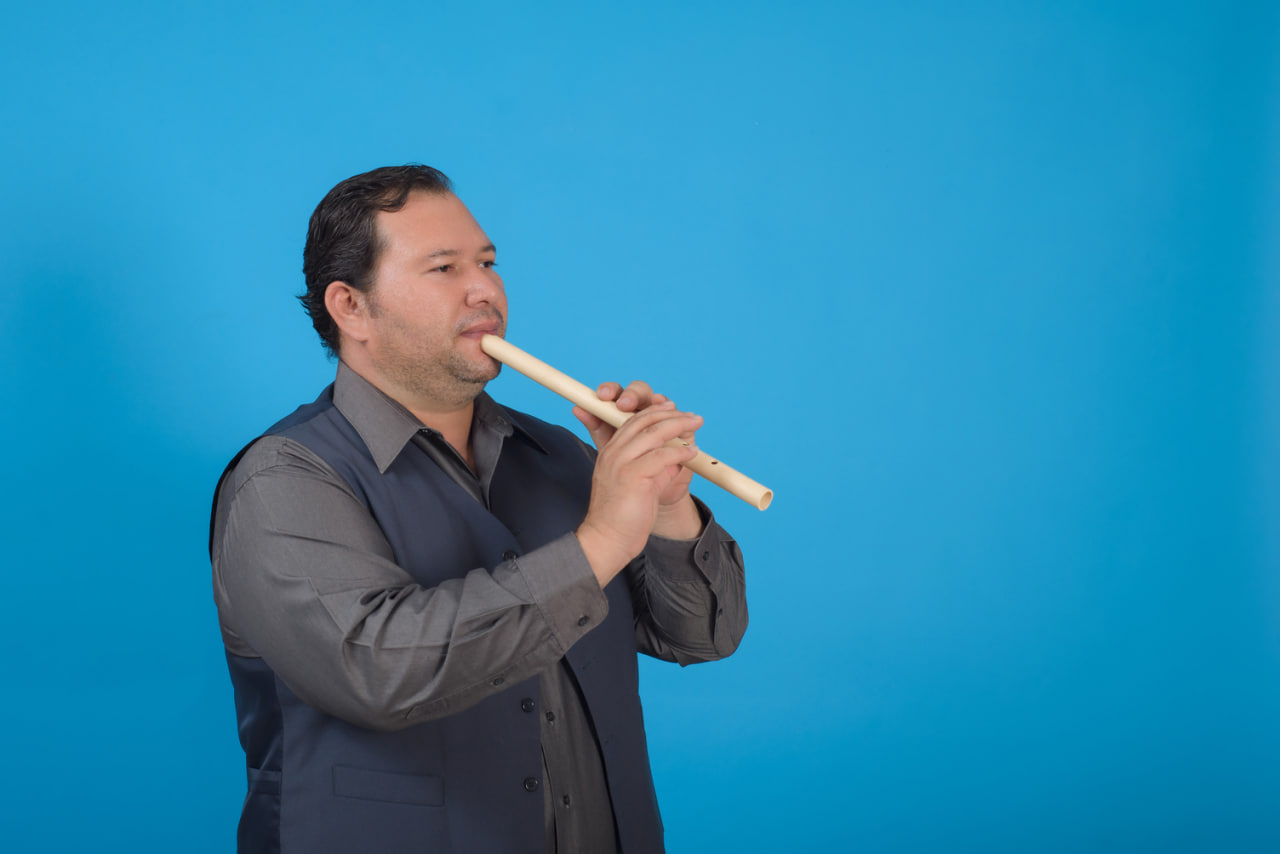The Importance of Breath Control and Techniques for Flutists
Breath control is the foundation of flute playing. Because the flute produces sound through the movement of air across its mouthpiece, mastering how you manage your breath directly impacts your tone quality, phrasing, and overall musical expression. For both beginners and experienced flutists, developing strong breath control is essential for unlocking the instrument’s full potential.
In this blog, we will explore why breath control matters so much for flute players and share effective techniques to help you improve your breathing and airflow for better sound and endurance.
Why Breath Control Matters for Flutists
The flute is unique among wind instruments because the sound is produced by blowing across an open hole rather than vibrating reeds or lips. This makes precise breath management crucial. Good breath control allows flutists to:
- Produce a clear, steady tone without strain or airy noise.
- Control dynamics, from soft pianissimos to powerful fortissimos.
- Play long phrases smoothly without running out of air.
- Shape musical lines with expressive phrasing and articulation.
- Improve stamina for longer practice sessions and performances.
Without proper breath control, players may experience fatigue, inconsistent sound quality, and difficulty executing demanding passages.
Understanding the Breath Cycle
Breathing for flute playing involves three phases: inhalation, support, and exhalation.
- Inhalation: Take a deep, relaxed breath using your diaphragm, not just your chest. This fills the lungs efficiently and prepares you to control airflow.
- Support: Engage your abdominal and core muscles to control the release of air steadily. This “breath support” helps maintain consistent pressure.
- Exhalation: Blow across the flute’s embouchure hole with controlled, focused air. The speed and direction of the air determine the tone and pitch.
Understanding and coordinating these phases is key to effective breath control.
Techniques to Improve Breath Control
Diaphragmatic Breathing
Also called belly breathing, this technique encourages deep breathing that fully expands the lungs. To practice:
- Place one hand on your abdomen and one on your chest.
- Inhale slowly through your nose, feeling your belly rise while your chest stays still.
- Exhale gently through your mouth, feeling your belly fall.
Diaphragmatic breathing increases lung capacity and provides a steady airflow for playing.
Long Tones Practice
Long tones are a staple exercise for building breath control and tone quality. To practice:
- Play a single note at a comfortable pitch.
- Hold the note as steadily and smoothly as possible for several seconds.
- Focus on maintaining an even, clear sound without wavering or airy noise.
- Gradually increase the duration as your control improves.
Long tones develop endurance and teach you to regulate your breath.
Breath Control Exercises
Try exercises that challenge your breath management, such as:
- Playing crescendo and decrescendo on a single note to control dynamic changes.
- Using a metronome to sustain notes for precise durations.
- Practicing staccato and legato articulations with controlled breath bursts.
These exercises strengthen your breath muscles and refine your airflow.
Posture and Relaxation
Proper posture supports good breathing. Sit or stand with a straight back, relaxed shoulders, and an open chest. Tension restricts lung expansion and airflow. Stretching and relaxation techniques before practice can help maintain ease of breath.
Common Breath Control Challenges and Solutions
Many beginners struggle with breath control due to shallow breathing or tension. To overcome this:
- Focus on slow, deep breaths instead of quick, shallow ones.
- Avoid lifting your shoulders when inhaling.
- Practice breathing exercises off the flute to build awareness.
- Take breaks during practice to avoid fatigue and maintain relaxation.

